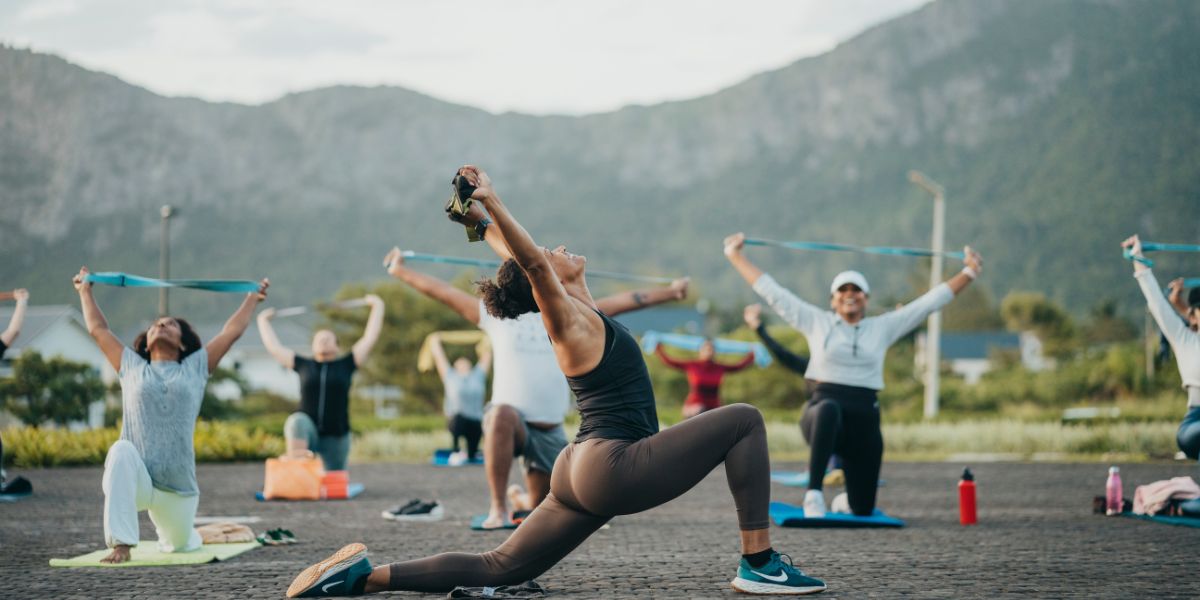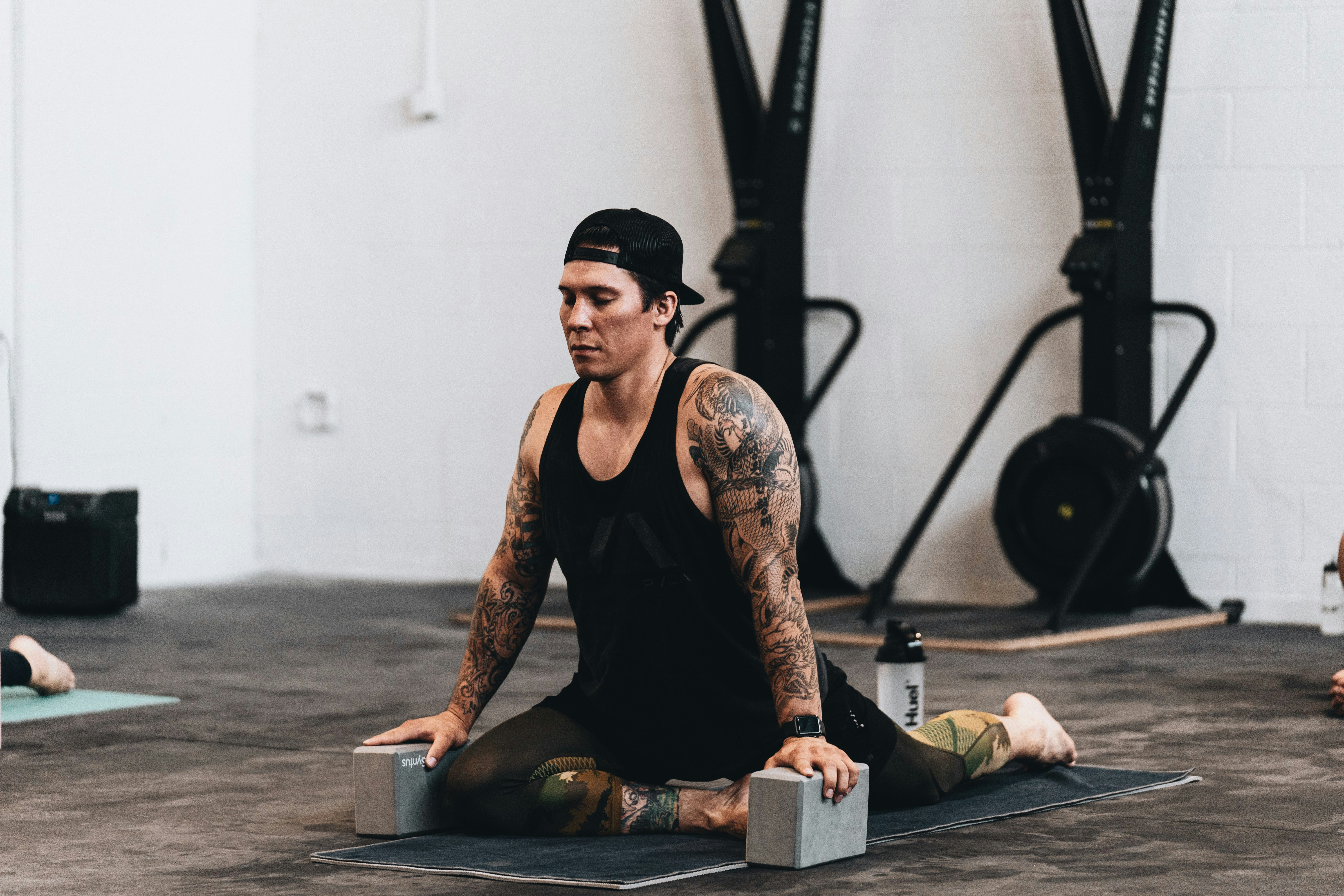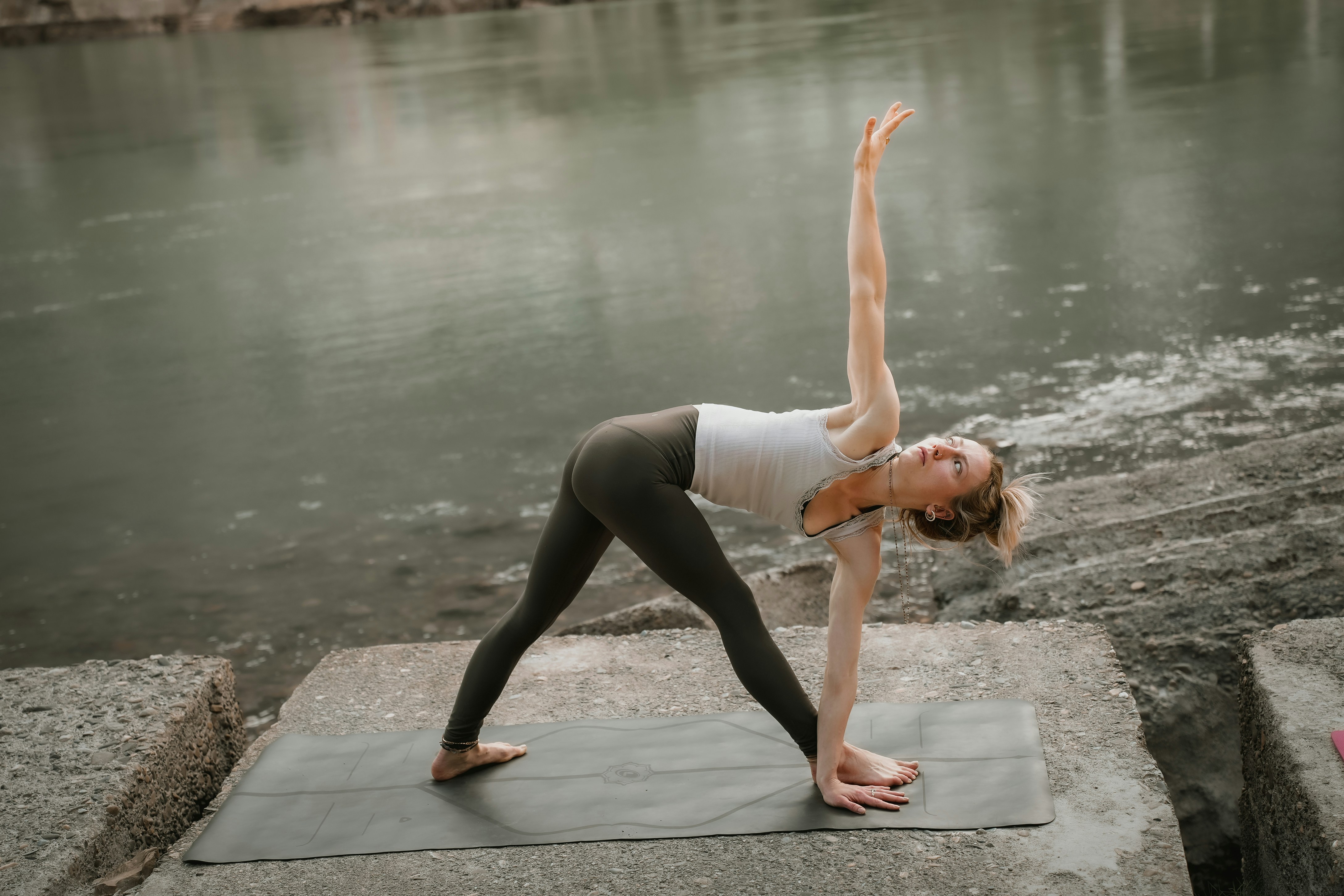Practice
The Evolution of Pranayama: A Journey Through Time

As a dedicated yoga practitioner, I’ve often reflected on the practice of pranayama and its importance in my journey of self-discovery. The evolution of pranayama has fascinated me, as it is not just a simple technique for controlling breath, but a holistic practice that connects body, mind, and spirit. Throughout history, pranayama has undergone significant transformation, from its ancient roots in yogic texts to its modern-day applications in wellness and fitness. Understanding the evolution of pranayama has deepened my appreciation for its profound impact on my personal practice.
The Ancient Beginnings: Pranayama in the Vedic Period
The roots of pranayama can be traced back to the Vedic period, over 5,000 years ago, when early yogis began to recognize the profound connection between breath and life force. In those ancient times, the breath was not merely considered a biological function, but rather a divine energy known as prana. Prana was believed to be the vital force that sustains all living beings, and pranayama was the means to control and direct this energy. As I learned more about these early practices, I came to understand how pranayama was integral not just for physical well-being, but also for spiritual growth and enlightenment.
The early yogic texts, such as the Upanishads and the Vedas, describe various forms of breath control. These texts didn’t present pranayama as a physical exercise in the way we understand it today, but rather as a meditative and spiritual practice to connect with the divine. When I first encountered this information, I was struck by the depth of intention behind pranayama—it was not only about calming the breath but about awakening the energy within the body and reaching higher states of consciousness. For these ancient practitioners, pranayama was more about self-realization than it was about mastering a specific technique.
The Classical Development: Pranayama in Patanjali’s Yoga Sutras
Fast forward to around 200 BCE, and the practice of pranayama began to take more structured forms as outlined in Patanjali’s Yoga Sutras. Patanjali’s teachings were a crucial turning point in the evolution of pranayama, providing a comprehensive system for practitioners to follow. This text marked the beginning of pranayama as we know it today, offering practical methods for breath control that could be used alongside physical postures (asana) and meditation techniques.
In the Yoga Sutras, Patanjali discusses pranayama as one of the key steps in the eight-limbed path of yoga. He outlines specific techniques, such as ujjayi (victorious breath) and nadi shodhana (alternate nostril breathing), both of which I have found incredibly effective in balancing my energy and calming my mind. These practices were designed not just to enhance physical health but to prepare the mind for deeper states of meditation. As I began practicing these techniques more intentionally, I realized that pranayama is as much about mental clarity as it is about physical health.
By following Patanjali’s methods, practitioners were able to purify their bodies and minds, opening the pathways to deeper awareness. What intrigued me the most was how Patanjali placed such emphasis on the breath as the bridge between the body and consciousness, a principle that continues to be at the core of pranayama practice to this day. His teachings have inspired me to explore the full potential of pranayama, beyond mere breath exercises, and use it to achieve a deeper connection with my inner self.
The Renaissance of Pranayama: The 20th Century and Beyond
The 20th century brought about a renewed interest in pranayama, with yoga masters like Swami Sivananda, B.K.S. Iyengar, and T.K.V. Desikachar playing vital roles in its resurgence. These teachers began incorporating pranayama more systematically into their yoga practices and teachings. I am particularly drawn to how these masters made pranayama accessible to modern practitioners, emphasizing its importance not only for spiritual enlightenment but also for maintaining overall health.
During this time, pranayama began to find a place in the broader context of wellness and fitness. As yoga gained popularity in the West, pranayama evolved from a purely spiritual practice into a tool for stress relief, physical fitness, and mental well-being. For me, this shift in perspective opened new possibilities in my practice, as I learned how pranayama could help alleviate everyday stress and improve concentration. It also became clear that pranayama’s benefits extended beyond the yoga mat, and it could be integrated into daily life to improve one’s health and well-being.
The 20th century also saw the development of new pranayama techniques, such as kapalbhati (skull shining breath) and bhastrika (bellows breath). These methods are more dynamic and energizing compared to the traditional practices, and I’ve found them to be incredibly helpful in boosting energy levels and improving focus. As yoga practitioners became more interested in enhancing their physical performance, pranayama became a critical component in the modern yoga class, providing a foundation for both physical postures and mindfulness.
The Modern Adaptation: Pranayama in the Digital Age
As we move into the 21st century, pranayama continues to evolve, especially with the rise of digital technology. The growing popularity of online yoga platforms and apps has made pranayama techniques more accessible than ever before. This new digital landscape has allowed yoga practitioners to learn and practice pranayama from anywhere in the world, no matter their level of experience. I personally love how accessible online classes and apps have made pranayama, enabling me to deepen my practice in the comfort of my own home.
Another modern development is the incorporation of pranayama into therapeutic practices. Today, pranayama is used in mental health programs, stress management workshops, and even corporate wellness initiatives. I’ve noticed how breathing techniques like nadi shodhana and ujjayi have helped me manage stress and anxiety, and this is a benefit that many people are discovering. Yoga teachers are increasingly incorporating pranayama into a variety of wellness programs, showing that the evolution of pranayama has made it an essential practice for mental and physical health.
Conclusion: The Timeless Practice of Pranayama
Reflecting on the evolution of pranayama, I am struck by how this ancient practice has adapted and thrived over the centuries. From its early roots in the Vedic period to its modern-day applications in wellness, pranayama has proven to be an enduring practice that continues to evolve with the needs of modern-day practitioners. As yoga continues to evolve, I believe that pranayama will remain an integral part of the practice, offering profound benefits for both the mind and body. By embracing the evolution of pranayama, I feel empowered to continue exploring its transformative power, unlocking new levels of health, awareness, and balance.










